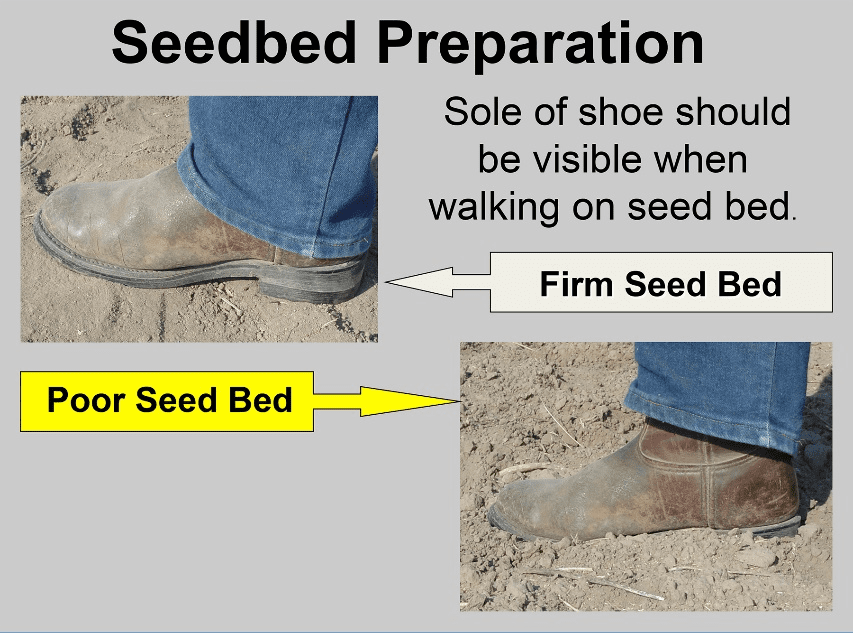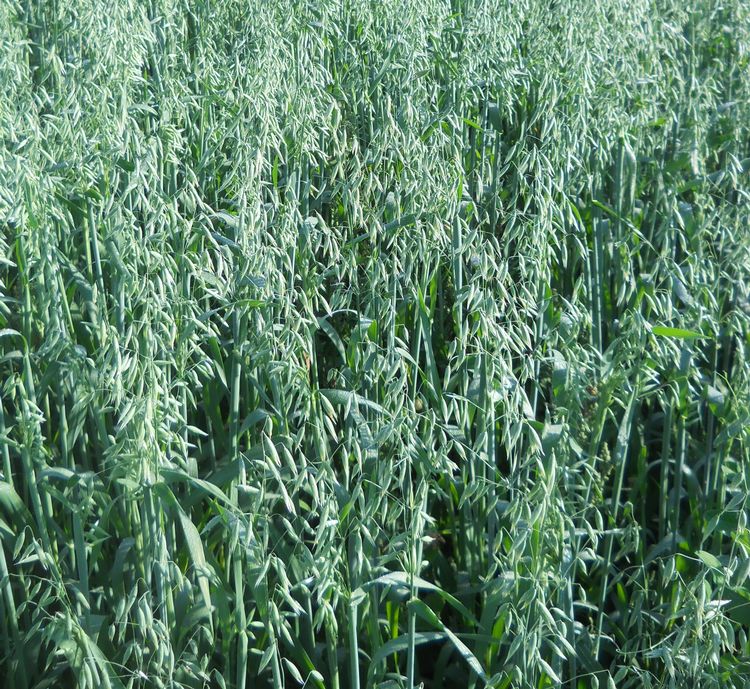By Dr. Don Miller
Director of Product Development | Alforex Seeds
along with Jeff Shaner, AgVenture Alfalfa Manager
Welcome back to our series on alfalfa stand establishment. At AgVenture, we believe that every bag of our seed has the potential to produce more than your neighbor. As with any farm activity, a good plan, planting integrity and in-season care all add up to maximum profit.
In part one of this series, Dr. Don Miller of Alforex Seeds, shared thoughts on field selection and proper nutrition/pH for a successfully sustained alfalfa crop. You should be well aware that AgVenture considers “planting with perfection” to be integral for maximum profit in corn and soybean operations. Do not fall short on seed bed prep for alfalfa as well.
In this post, Dr. Miller shares tips for establishing a great initial stand.
Weed Control: The best weed control measure for a new alfalfa planting is making sure you start out with a thick, dense stand. If there is a history of perennial weeds in the field it is advisable to control them before a new field of alfalfa is planted. Several good preplant and post herbicides are available for alfalfa and can be beneficial in eliminating weed competition during stand establishment.
Seedbed Preparation: The importance of preparing a good seedbed before planting alfalfa cannot be over emphasized. A seedbed needs to be firm and not cloddy or powdery. A firm seedbed enhances the ability to place the seed at the proper seed depth and provides good seed to soil contact for optimal germination. Before planting, walk across your seedbed. The sole of your shoe should be visible. If your seedbed doesn’t pass this test, it needs to be rolled and packed again before planting.
Nurse Crops: Pure plantings of alfalfa generally result in the most productive stands. If you don’t need a nurse crop for establishment, don’t use one. Keep in mind a nurse crop is essentially a weed competing with the new alfalfa seedling for water, nutrients and light. If the field slope or crop plan calls for a nurse crop, the following guidelines should be used.
- Use a light planting rate for the nurse crop (e.g. oats or barley at 10-25lbs/acre)
- Harvest the oats/barley early in the soft dough stage to avoid excessive competition with the young alfalfa seedlings that are trying to establish.
Next, in part three of this series, we will concentrate on seeding basics.
If you are ready to create an alfalfa plan for your operation, reach out to your AgVenture Yield Specialist or use the Seed Finder on our website to find your local Independent Seed Company.

